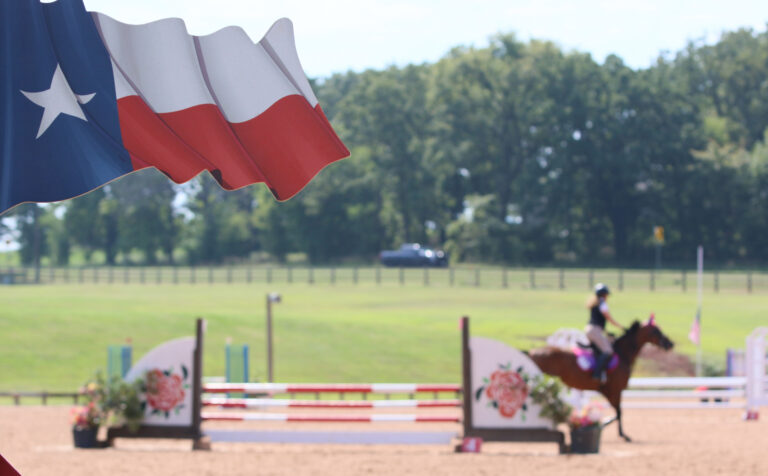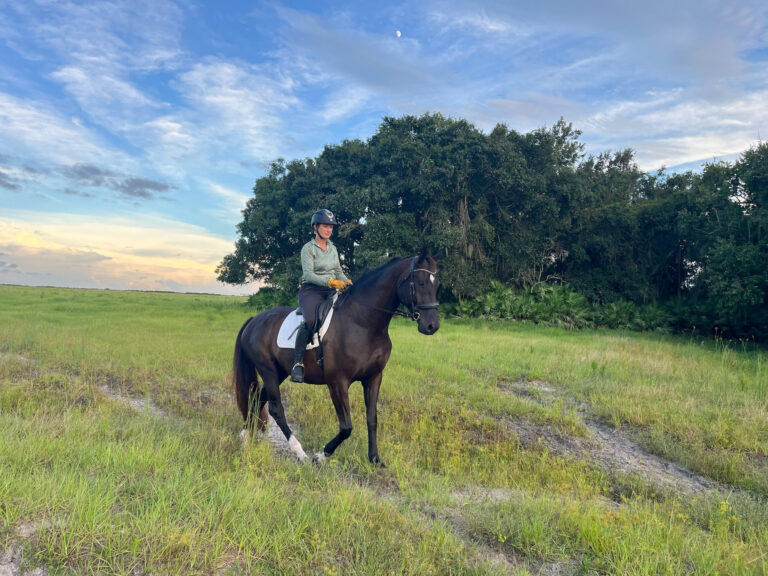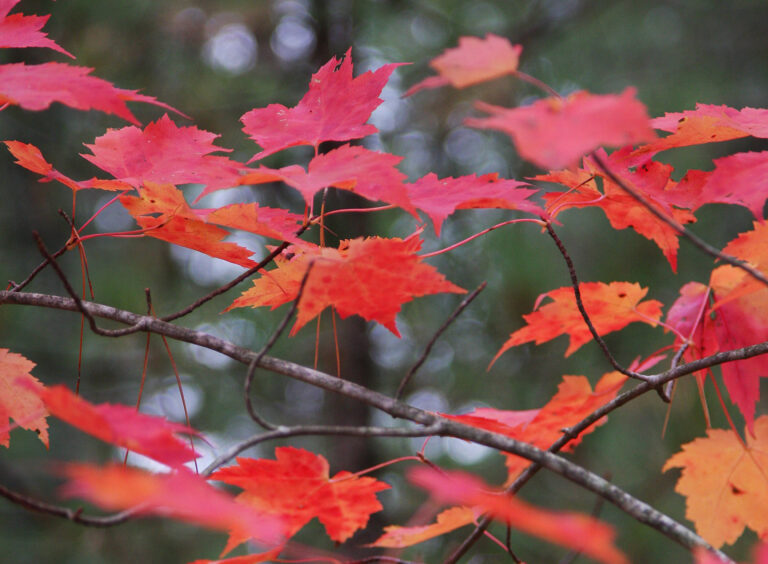 Credit: © PAULA DA SILVA/ARND.NL Pythiosis is caused by a funguslike organism that enters a scratch when the horse walks through standing water or a soggy pasture.
Credit: © PAULA DA SILVA/ARND.NL Pythiosis is caused by a funguslike organism that enters a scratch when the horse walks through standing water or a soggy pasture.A red, raw mass of flesh erupting from your horse’s skin—that’s something you won’t miss. But what is it? Warm weather has increased risks for two nasty skin conditions, and veterinarians are urging horse owners to be alert.
SUMMER SORE
Summer sores are an old problem that seems to be returning, says Murray Brown, DVM, a large animal surgeon at the University of Florida. The sores are caused by larvae of two types of stomach worms, Habronema and Draschia. Widespread use of ivermectin all but wiped out these parasites, but in some areas they are staging a comeback. The reasons aren’t clear, but resistance to ivermectin may be a factor, Dr. Brown says.
These parasites have a complex life cycle. Adult worms spend their lives in your horse’s stomach—unwelcome guests, but they seldom do much harm to your horse. Their eggs are passed with your horse’s manure and ingested by the larvae of stable flies and other filth flies that lay eggs in manure. The worm larvae actually develop inside the fly larvae and stay there as the flies become adults. When an infected adult fly lands near your horse’s lips, the worm larvae sense moisture, bail out and are swallowed by your horse, completing their life cycle. But sometimes they take the wrong exit, landing around his eyes or nose or in an open wound. They can’t complete their life cycle there, but as long as they have moisture they can survive and cause inflammation.
The result is a raw, swollen sore filled with granulation tissue. It may look like proud flesh, but a biopsy may turn up worm larvae. Deworming with ivermectin or moxidectin is the usual treatment along with topical corticosteroids to reduce inflammation. Good fly control reduces the risk.
PYTHIOSIS
Cutaneous pythiosis, or “swamp cancer,” is a threat in areas where water doesn’t freeze in winter. In the United States, it occurs mainly in the Gulf Coast states of Alabama, Florida, Louisiana, Mississippi and Texas, but cases have turned up in other areas. Changes in climate and weather patterns—warmer winters, frequent storms—increase the risk, which is generally greatest in summer and after heavy rains or flooding.
The fungus-like organism that causes the disease, Pythium insidiosum, produces single-celled spores that move through water in search of a host. Plants and fish are the usual victims, but if a horse walks through standing water or soggy pasture, the spores can enter through a break in the skin. Then they form cysts and send microscopic rootlike strands called hyphae into the surrounding tissue, setting off an inflammatory reaction Health Update and producing a horrific-looking sore.
If you live in an area where this disease occurs, prevent infection by keeping horses on dry ground and fencing off ponds and other areas with standing water. “However, pythiosis can occur under the best of management conditions and may be seen in horses who are not exposed to standing water,” Dr. Brown says. Be suspicious of any sore that doesn’t heal quickly. Pythiosis lesions can be confused with summer sores and similar conditions, but they tend to cause more itching. In Florida, he says, “An itchy, granulating wound, often oozing clear fluid, is most likely pythiosis.” The organism is hard to detect, but a biopsy may confirm it.
Prompt treatment is important because cutaneous pythiosis can spread to deeper tissues. “If the lesion is in an area where surgery is possible, that’s the usual treatment,” Dr. Brown says. “But surgery alone is not successful, so it’s done in conjunction with a topical treatment.” He uses Phycofixer, a potent mixture of antibacterial and antifungal medications, hydrochloric acid and DMSO, which he developed some years ago.
Immunotherapy is another approach. A therapeutic vaccine containing proteins from the organism, developed at Michigan State University, is designed to prompt the horse’s immune system to fight the disease. It’s administered after infection.
This article originally appeared in the August 2013 issue of Practical Horseman.








